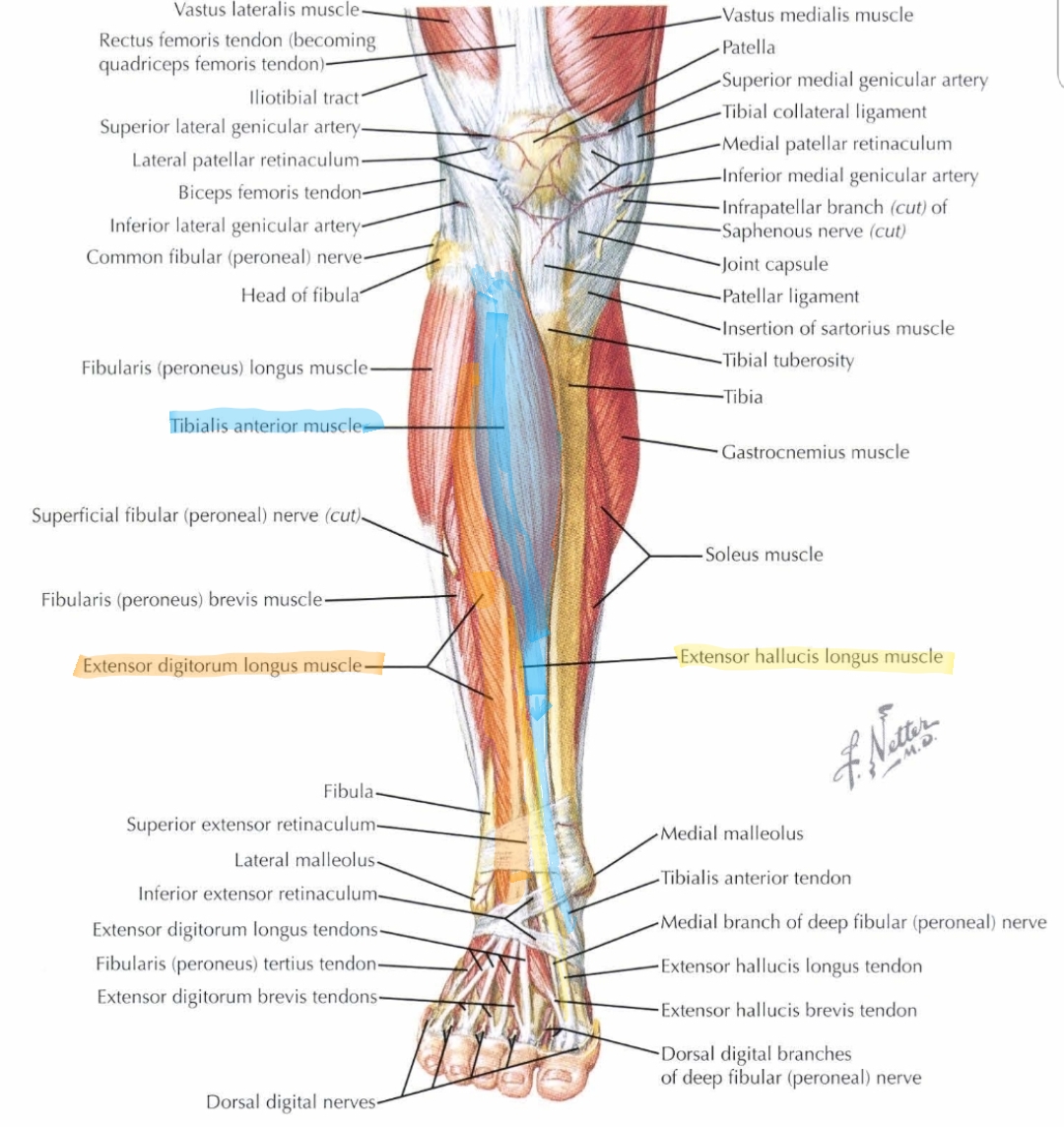


Groups of muscles and their associated nerves and vessels are surrounded by thick fascial layers that define the various compartments of the extremities which are of relatively fixed volume. The goal of this article is to review the pathophysiology, epidemiology, diagnosis, relevant anatomy, and treatment of CS with an emphasis on the proper performance of a two incision four compartment fasciotomy of the lower leg. Proper fasciotomy requires extensive knowledge of the anatomical landmarks and anatomy of the compartments of the extremities. Optimal outcomes result from early recognition of CS and aggressive, properly performed fasciotomy. As a result, otherwise well-trained surgeons are ill prepared to recognize and manage CS and to perform complete and adequate fasciotomies.

The average number of fasciotomies reported in case logs submitted to the American Board of Surgery for 2013 graduates of US surgical residencies was 0.7, and the average number of fasciotomies reported by graduates of US vascular fellowships in the last decade has been between 0.8 and 2.0 per year. Bhattacharyya and Vrahas reported an average indemnity payment of $426,000 in nine cases settled between 19 in Massachusetts, and awards as high as $14.9 million have been made in cases of missed CS. Disability resulting from CS is significant, and failure to diagnose or properly treat a CS is one of the most common causes of medical litigation, with significant malpractice liability.


 0 kommentar(er)
0 kommentar(er)
